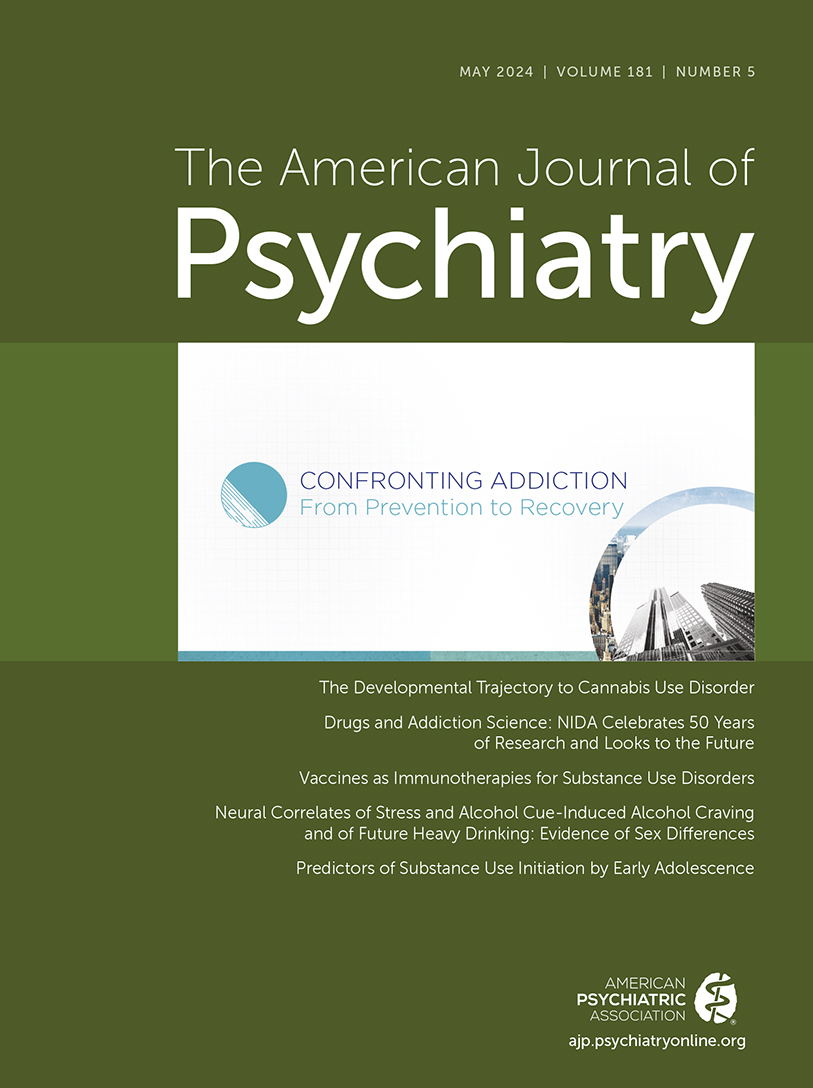Neural Correlates of Stress and Alcohol Cue-Induced Alcohol Craving and of Future Heavy Drinking: Evidence of Sex Differences
Abstract
Objective:
Stress and alcohol cue reactivity are associated with poor treatment outcomes in alcohol use disorder (AUD), but sex-specific neural correlates of stress and alcohol cue–induced craving compared with neutral cue–induced craving and of heavy drinking outcomes in AUD have not been examined. Thus, this study prospectively examined these associations and assessed sex differences.
Methods:
Treatment-seeking adults with AUD (N=77; 46 men and 31 women) completed a functional MRI task involving stress, alcohol, and neutral cue exposure with repeated assessments of alcohol craving. Most of these participants (N=72; 43 men and 29 women) then participated in an 8-week standardized behavioral AUD treatment program, during which the percentage of heavy drinking days was assessed.
Results:
Significant increases in both stress and alcohol cue–induced craving relative to neutral cue–induced craving were observed, with a greater alcohol-neutral contrast in craving relative to the stress-neutral contrast among men and equivalent stress-neutral and alcohol-neutral contrasts in craving among women. Whole-brain voxel-based regression analyses showed craving-associated hyperactivation in the neutral condition, but hypoactive prefrontal (ventromedial and lateral prefrontal, supplementary motor, and anterior cingulate regions) and striatal responses during exposure to stressful images (stress-neutral contrast) and alcohol cues (alcohol-neutral contrast), with significant sex differences. Additionally, a higher percentage of heavy drinking days was associated with hypoactivation of the subgenual anterior cingulate cortex and the bed nucleus of the stria terminalis in the stress-neutral contrast among women, hyperactivation of the hypothalamus in the stress-neutral contrast among men, and hyperactivation of the hippocampus in the alcohol-neutral contrast among men.
Conclusions:
Sex differences in stress- and alcohol cue-induced responses in the cortico-striatal-limbic network related to subjective alcohol craving and to heavy drinking indicated that distinct brain circuits underlie alcohol use outcomes in women and men. These findings underscore the need for sex-specific therapeutics to address this neural dysfunction effectively.
Access content
To read the fulltext, please use one of the options below to sign in or purchase access.- Personal login
- Institutional Login
- Sign in via OpenAthens
- Register for access
-
Please login/register if you wish to pair your device and check access availability.
Not a subscriber?
PsychiatryOnline subscription options offer access to the DSM-5 library, books, journals, CME, and patient resources. This all-in-one virtual library provides psychiatrists and mental health professionals with key resources for diagnosis, treatment, research, and professional development.
Need more help? PsychiatryOnline Customer Service may be reached by emailing [email protected] or by calling 800-368-5777 (in the U.S.) or 703-907-7322 (outside the U.S.).



